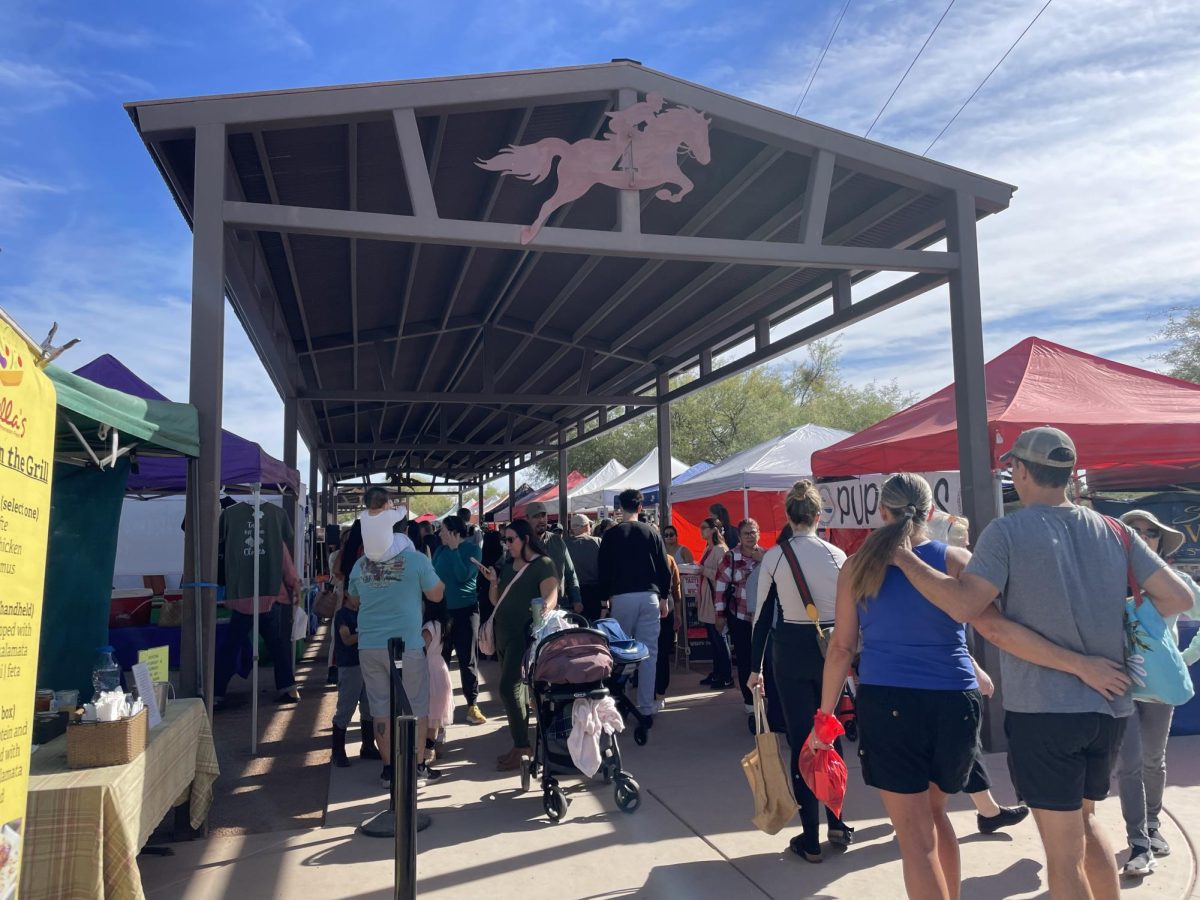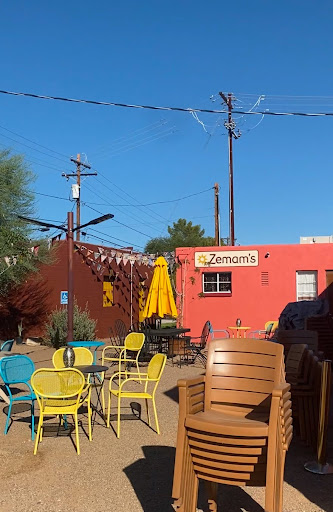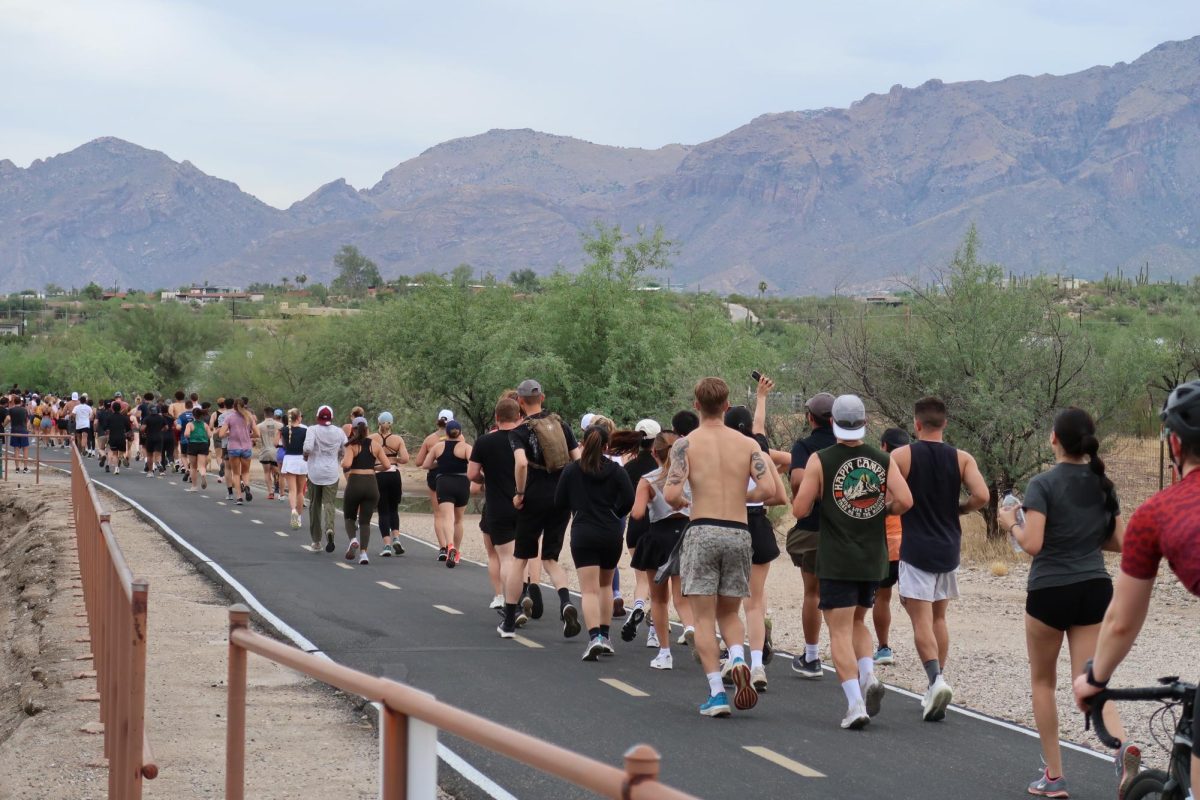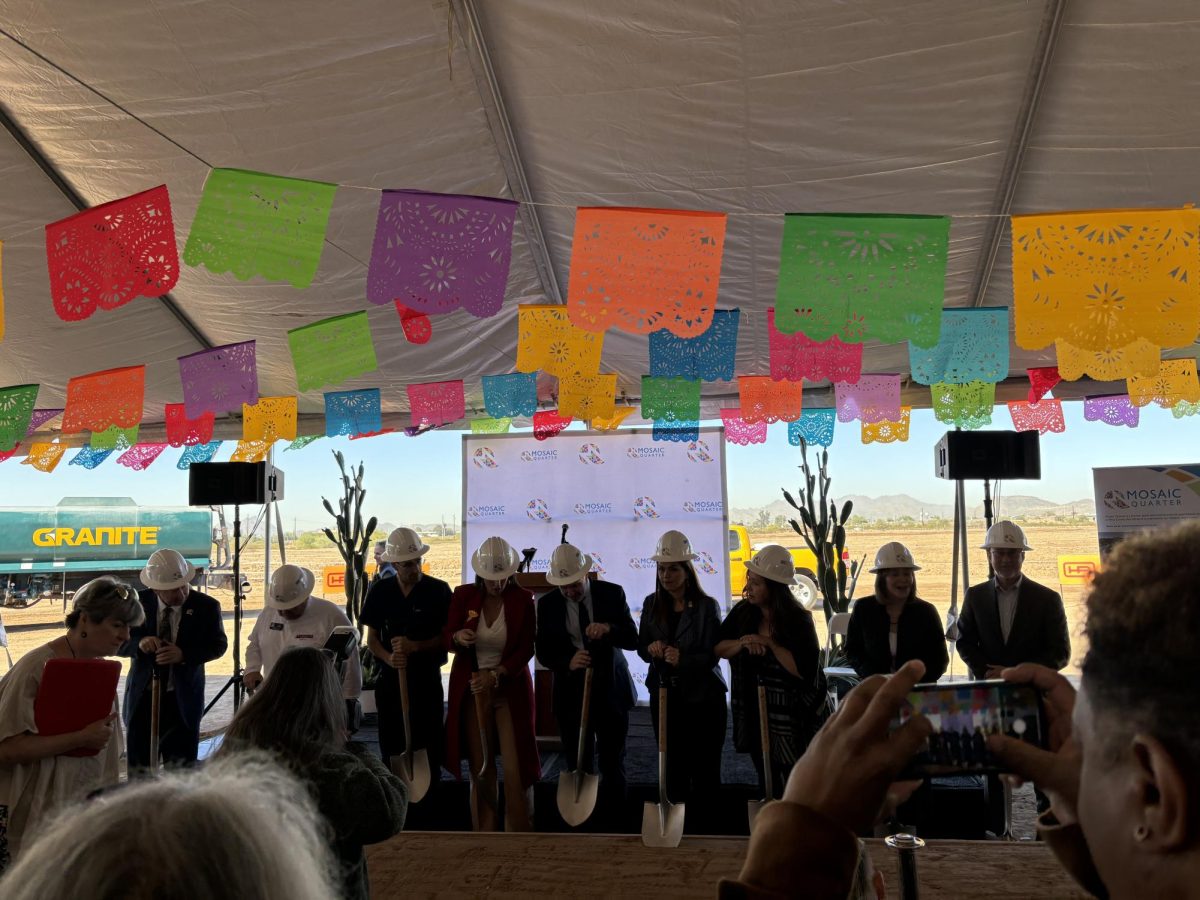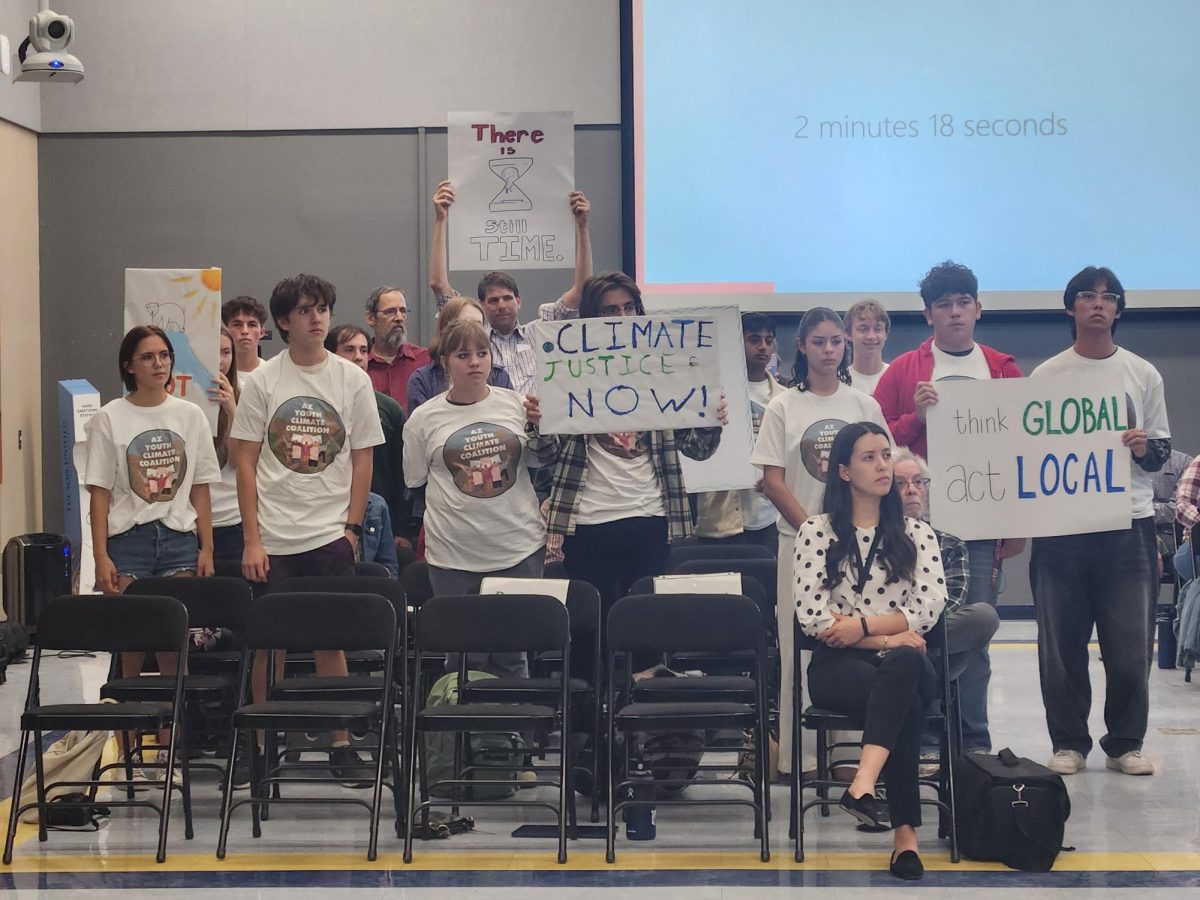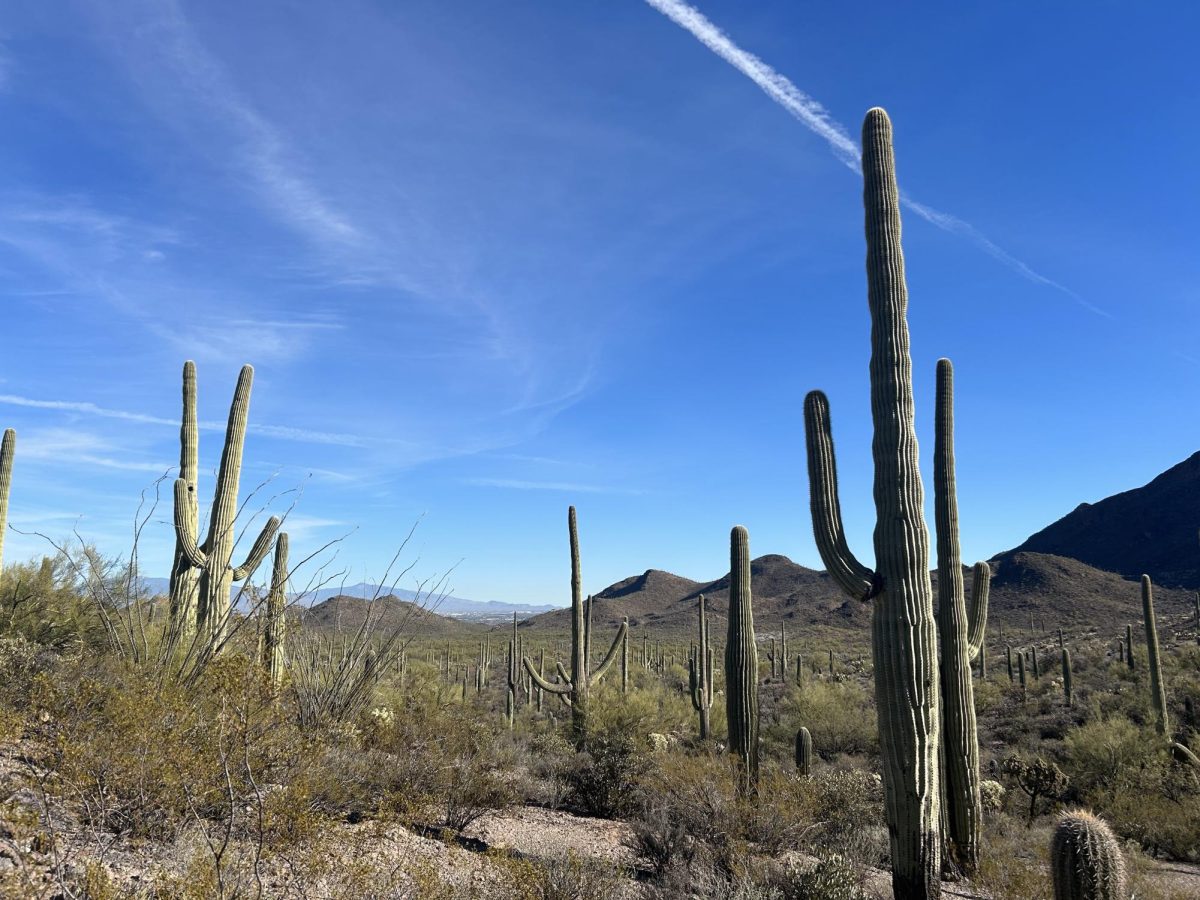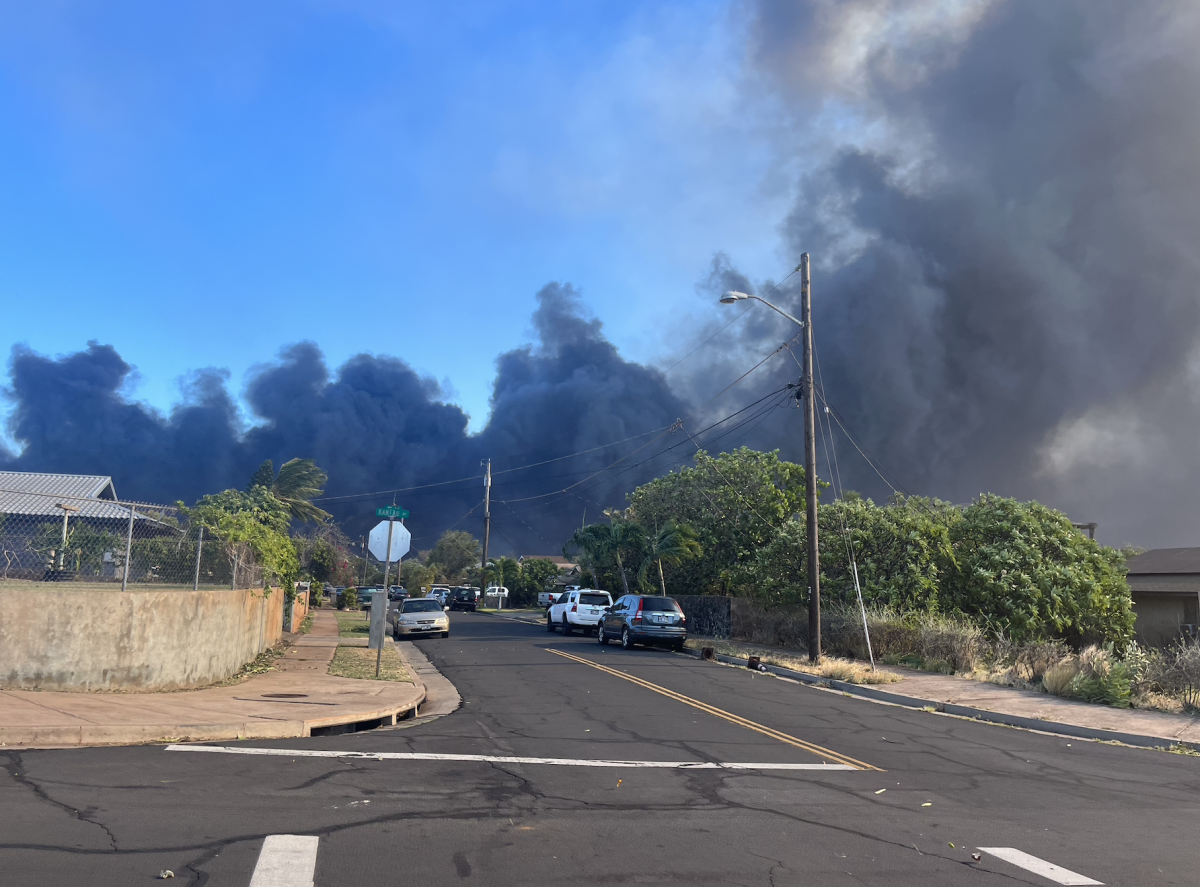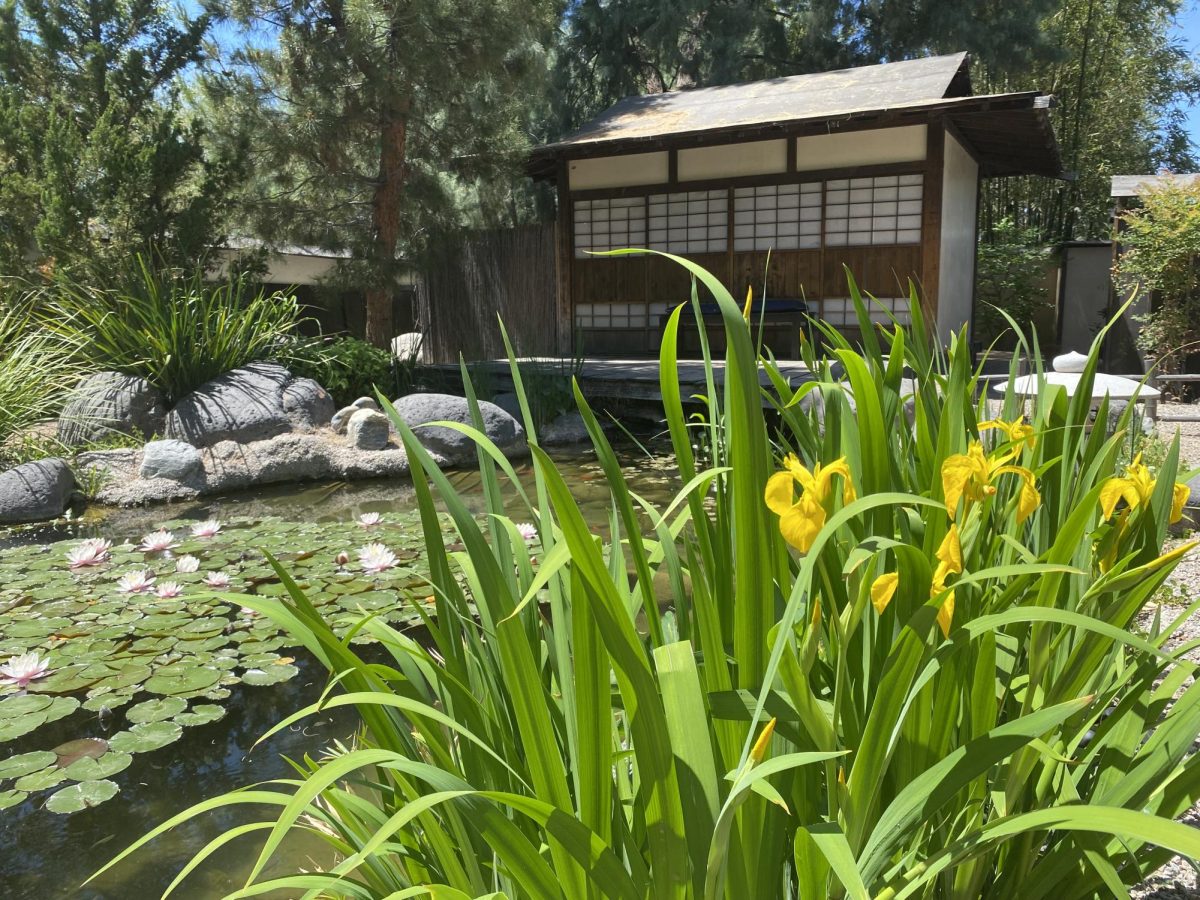Tucson faces a growing wildfire threat in the new year, fueled by last summer’s heavy monsoons.
While last summer’s rain brought relief to the desert, it also started the growth of grasses and plants that dry out quickly, becoming fuel for fires.
“The greater the monsoon, the more fine fuels — like grasses and invasive species — are germinated,” said K.P. Maxwell, wildland coordinator for the Tucson Fire Department. “Once those fine fuels fill in the gaps across the Sonoran Desert, they create a continuous bed of fuel that allows fires to spread.”
Experts warn that wildfire risks can continue to increase in 2025 if the weather conditions mirror 2024.
“We had a warm and drying trend post-monsoon that kept temperatures in the 100s well into fall,” Maxwell said. “This has almost led to a second fire season. Normally, fire season runs from March to July, but this year we’ve seen it extend well beyond.”
According to Maxwell, with the continuation of hot weather in the upcoming months, there is a chance that Tucson will see more wildfires before March.
“Even if we get a lot of rain, once storms move out and conditions dry out, that grass quickly becomes fuel,” said Tiffany Davila, public affairs officer for the Arizona Department of Forestry and Fire Management. “Recent climate changes are altering how monsoons impact wildfires, extending fire seasons well beyond their usual timeline.”
Data from the Tucson Fire Department shows that in 2024 alone, Tucson Fire crews responded to 878 brush fires.

Tucson Electrical Power is making efforts to reduce wildfire potential near power lines. In a statement posted on its website, TEP officials said the company inspects, maintains and repairs its equipment as well as patrols vegetation along its electric infrastructure. Part of its work also includes monitoring wildfire activity near its equipment and working with state and federal officials.
“It’s not just about putting out fires; it’s about preventing them from starting in the first place,” Maxwell said.
In 2024, the monsoon season brought an additional two inches of rain to Tucson courtesy La Niña. The vegetation growth from the moisture was dried out from the hot, dry conditions that followed, creating fire hazards, Maxwell said.
Between July and November, Arizona saw 407 wildfires that burned over 155,000 acres — double the acreage burned during the same period in 2023, according to Davila.

Areas like Casa Grande are seeing an increase in fires because residents are unaccustomed to the sudden growth of vegetation.
“In places where dirt used to be the primary surface, people are now dealing with grasses they haven’t had before,” said Maxwell. “Running a grinder or welder can easily start a fire in areas where it wouldn’t have been an issue in the past.”
Public perception of wildfires has also caused challenges through the increased threats.
“People associate wildfires with forested areas, but fine fuels like grass in the desert burn just as easily and pose significant risks,” said Maxwell.
Arizona’s monsoon season begins in mid-June and continues through late September.
Arizona Sonoran News is a news service of the University of Arizona School of Journalism.



